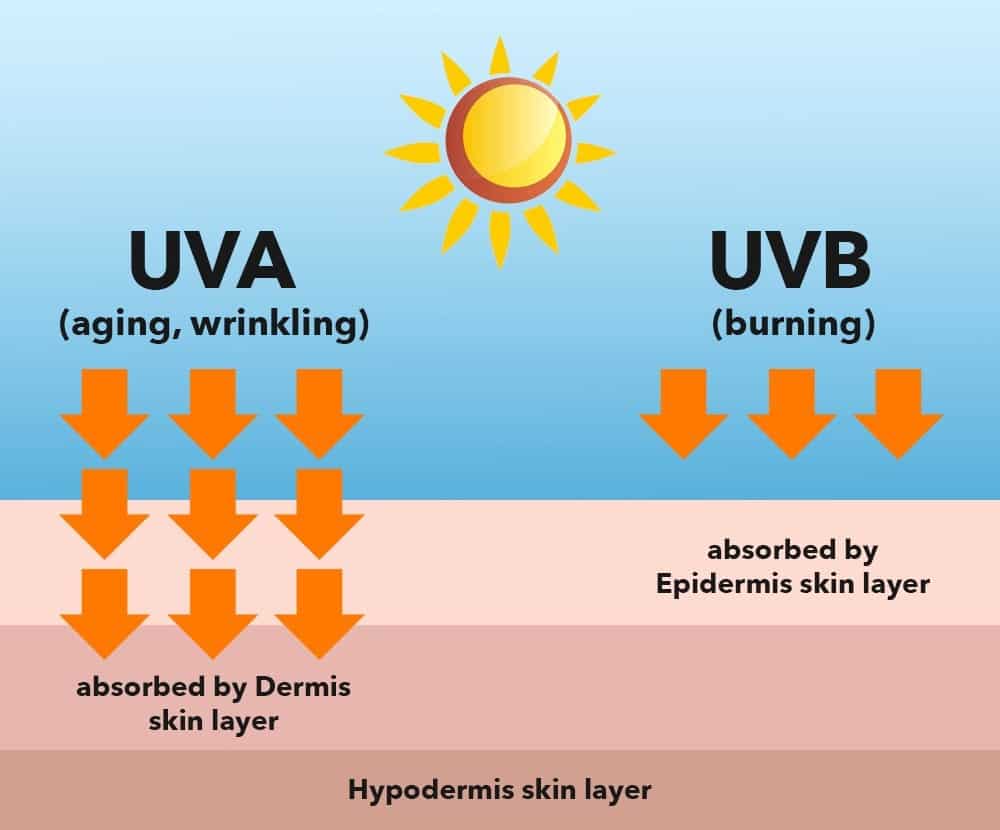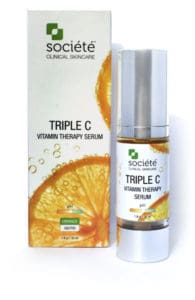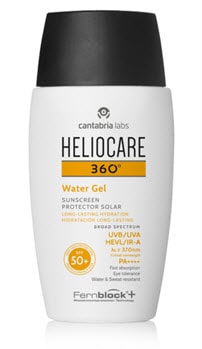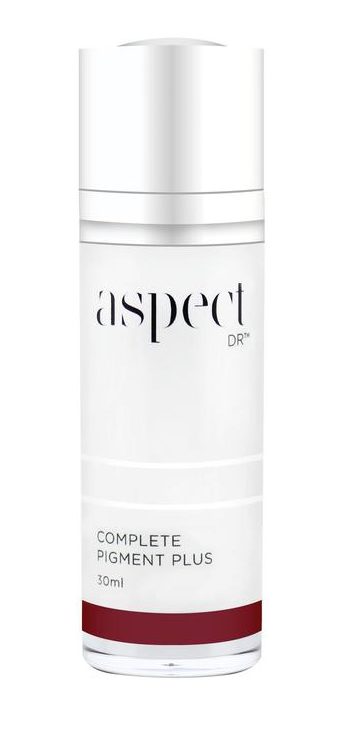Facial Pigmentation
The majority of concerns I have coming through my door are related to sun damage, most commonly in the form of Hyper-Pigmentation. Living in New Zealand, I think we can all agree on how harsh our sun is, but what does that really mean for our skin health?
UVA is the most insidious form of sun damage. Unlike UVB which proudly scorches you throughout the summer months, UVA sneaks in through the winter clouds, past your windscreens and into your dermis. Both of these rays cause damage to your skin, which is why any skin professional worth their salt will tell you to apply a high protection sunscreen even if you’re sat indoors on a rainy day- here’s why.
UVB has a shorter wavelength, meaning the depth of penetration is limited to the epidermis, or the outermost layers of skin. These rays are stronger than UVA, which is why you see the immediate effects present on your skin in a tan, a burn or even a blister. They cause DNA damage to the cells, and while they’re less likely to contribute to long term damage than their UVA counterparts, they will still cause sun ageing. UVB cannot penetrate clouds or windows, which is why many people falsely believe they don’t need to apply their SPF during the cooler months or while indoors.

UVA has a longer wavelength, but less energy, so when it penetrates the dermis, often we don’t see the damage until years later. Unlike UVB, UVA is not filtered by the Ozone layer, which means when there is light present, there is UVA damage. These rays contribute to long term skin ageing like pigmentation and wrinkles. UVA directly damages the Fibroblasts in the dermal layer of the skin, this will lead to a breakdown of your skin’s ability to produce collagen.
Both UVA and B will trigger your skin to produce more melanin, but excessive exposure will begin to trigger an abnormal amount of colour, and often in an abnormal pattern. This coloration is the skin’s way of protecting itself, which is why prevention is always key. I often joke with my clients that I won’t even open my curtains without sunscreen and Vitamin C on my skin, but it’s really not that far from the truth! Application of a topical Antioxidant is just as important as an SPF- this is due to the oxidative stress which occurs within your skin the moment the rays penetrate- and they do, sadly. Even a high protection SPF 50 will allow a small amount of both A and B penetration, so your antioxidant is the second line of defense. There are many antioxidant products available on the market, but due to its ability to brighten skin as well as assist in collagen production, I usually recommend a topical vitamin C.
 |
Societe’s Triple C combines three different forms with peptides for brightening, protecting and rebuilding damaged skin. |
 |
Heliocare provide a variety of high performing, long-lasting pure mineral sunscreens. Perfect for sensitised, sun damaged skin. Also available in a tinted formula. |
So now that we know how to prevent this kind of damage, how do we fix it? The truth is, we can’t, really. Once the cell has been triggered to produce pigment in an abnormal fashion, we can’t undo it. We can, however, reduce the amount of pigment it is able to produce through use of tyrosinase inhibitors such as tranexamic acid, and melanogenesis inhibitors such as Vitamin b3. What does that mean? Tyrosinase is the enzyme present in our skin which kickstarts the pigment cells to start protecting your skin by distributing pigment granules. This distribution occurs when the melanocyte, or pigment cell, starts to reach around and place pigment into other skin cells in a process known is melanogenesis. So, in order to treat this condition, we need a multipronged approach.
 |
Aspect Dr’s Complete pigment plus contains tyrosinase inhibitors as well as brightening agents and Vitamin B3. |
Once we have all the bases covered- a melanogenesis inhibitor, and tyrosinase inhibitor, a sunscreen and an antioxidant, we can then look at clinical treatments like IPL, laser or skin peels to fade the existing damage. Without following these steps, we risk not getting the results we’d like, as well as risking further damage or sensitisation of the skin. We also need to ensure we have as little superficial colour on the skin as we can, as a tan on the skin will risk pulling the energy from the Laser or IPL device and causing a reduction in the normal sun induced pigment (all the more reason to slip slop slap!). This is part of the reason that we ensure our client’s safety by not heat-treating pigmentation throughout the summer months. Once we are able to safely heat treat, I prefer monthly sessions for around 4-6 months. This means we are better able to reduce both superficial and deeper pigmentation, so you have a lasting result, which you’re better able to maintain with your prescription homecare. If you have any questions surrounding treatment or prevention of hyperpigmentation, or to understand more, we would love to see you in clinic for a consultation and personalised treatment plan.
